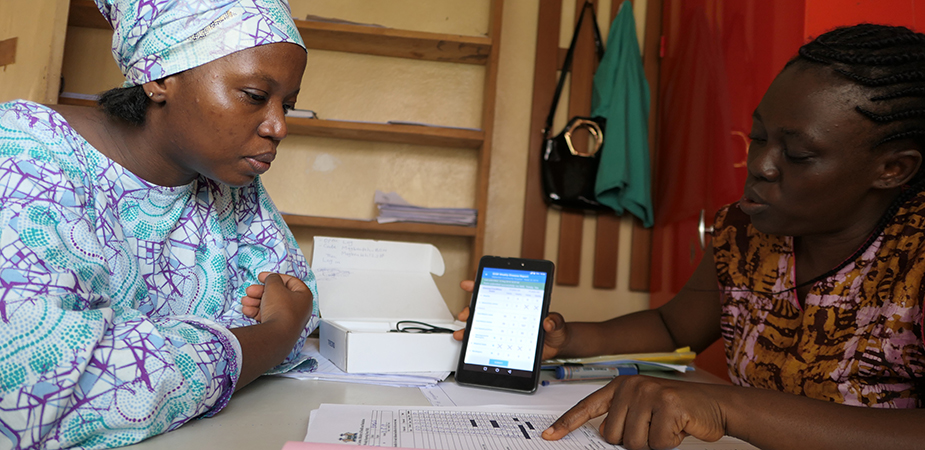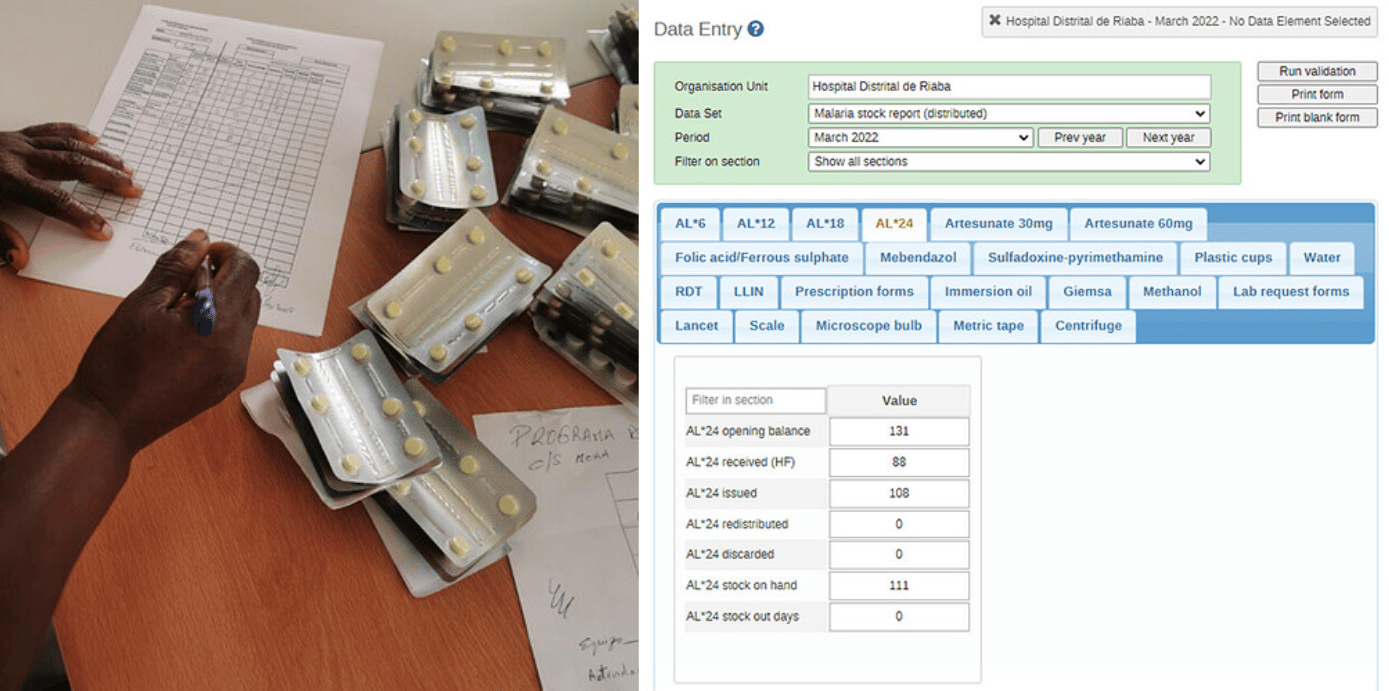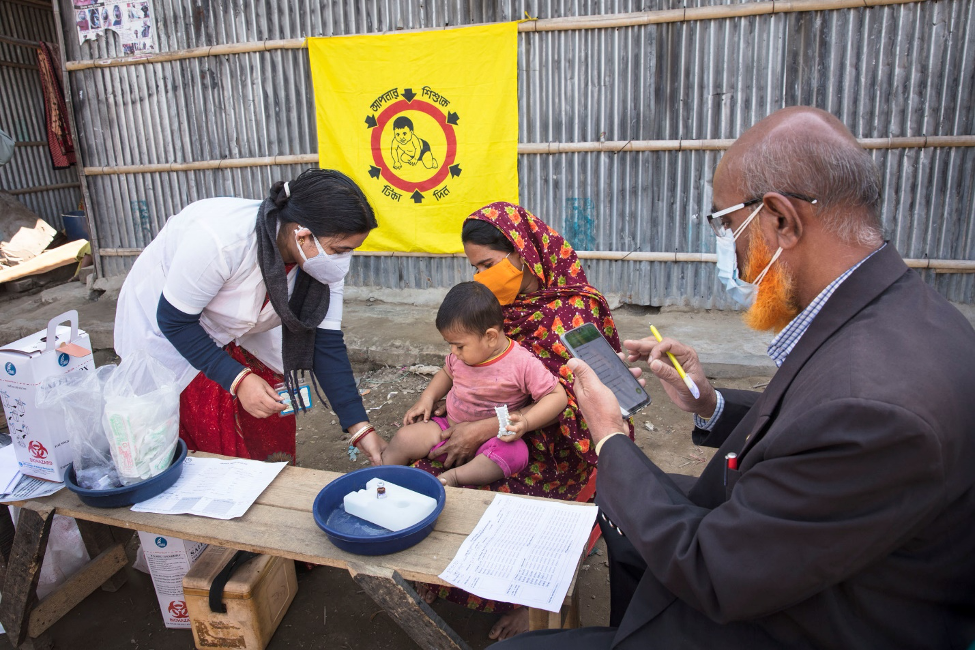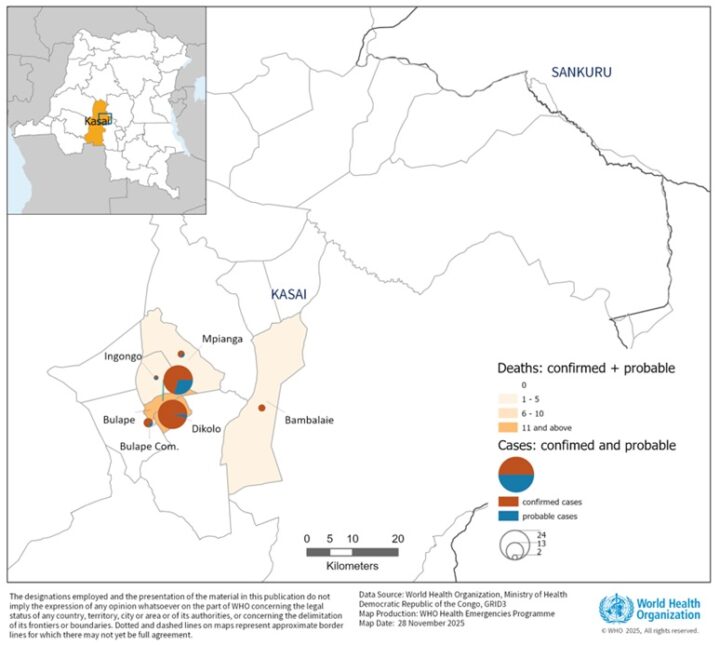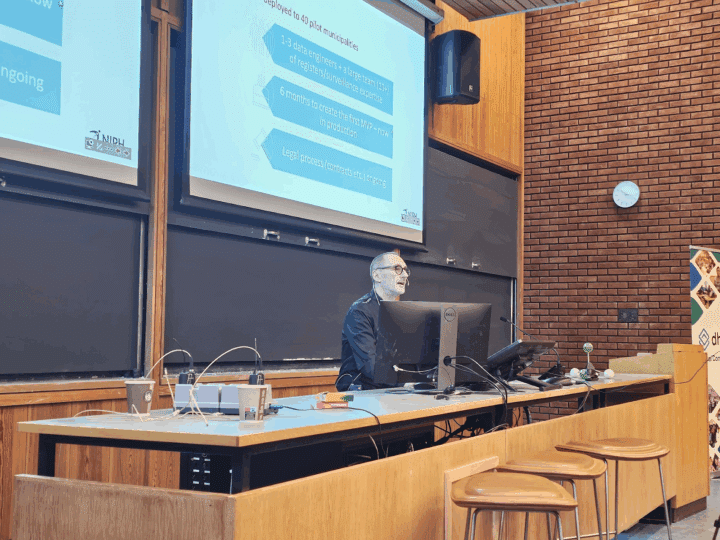DHIS2 is the world’s largest Health Management Information System (HMIS), used by Ministries of Health in more than 80 countries as a digital tool to manage routine health data from local to national scale. Many countries also use DHIS2 to create and maintain individual health records, including patient monitoring and follow-up, case-based disease surveillance, immunization registries, and more. Within DHIS2, data from all of these programs is collected into one health intelligence platform — accessible at all levels of the health system — where it can be used for planning, monitoring and evaluation, budgeting, operational decision making, and patient follow up.
Since 2017, the HISP Centre at the University of Oslo — which develops and supports DHIS2 — has been officially designated as a WHO Collaborating Centre for innovation and implementation research on health system strengthening. Through this collaboration, we produce practical implementation products and tools as part of the DHIS2 Health Data Toolkit that support and promote country adoption of the WHO’s routine health information system standards for data analysis. In addition, we collaborate with other global health partners such as the UNICEF and US CDC on the design and implementation of features, configurations, and guidance to support a range of disease programs.
On this page you can find high-level information about some of the applications of DHIS2 as an integrated health information platform, as well as links to additional resources.
